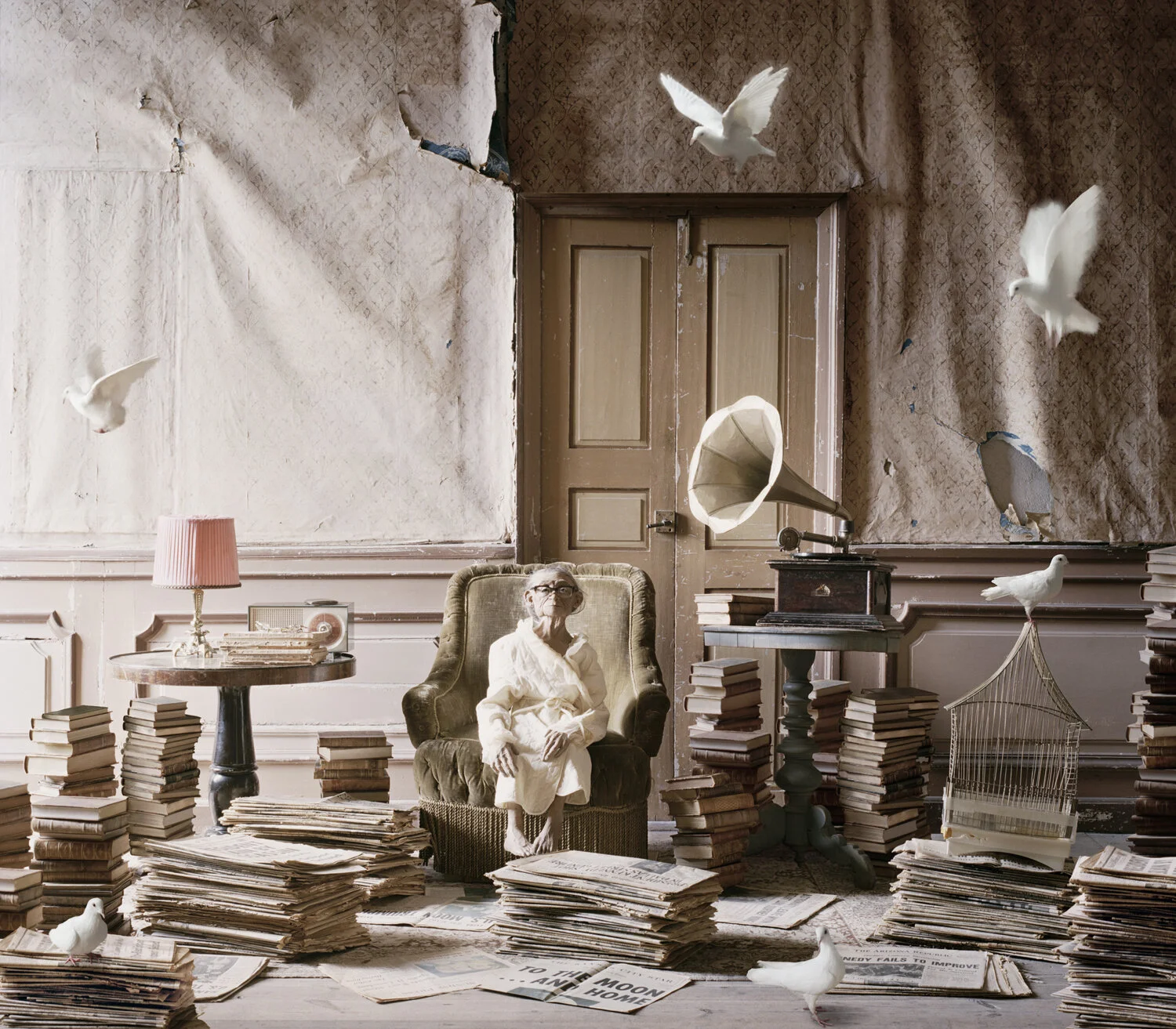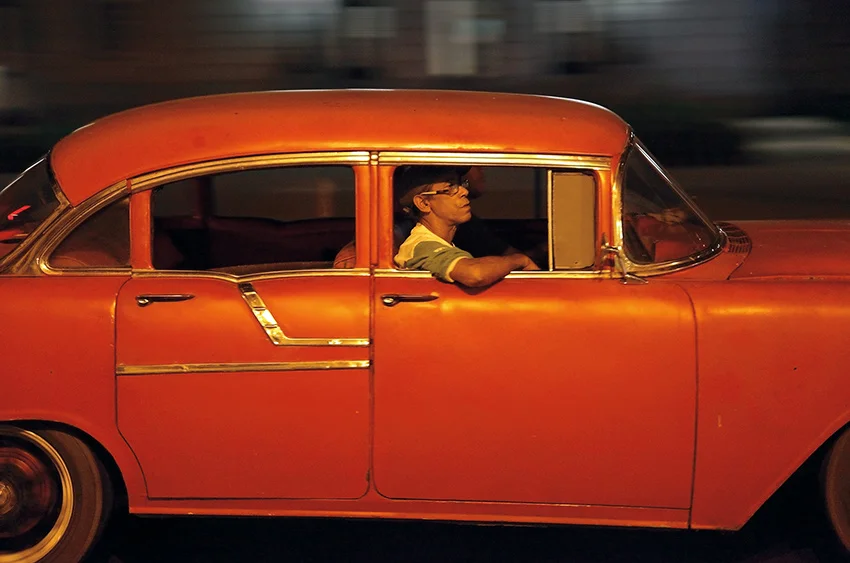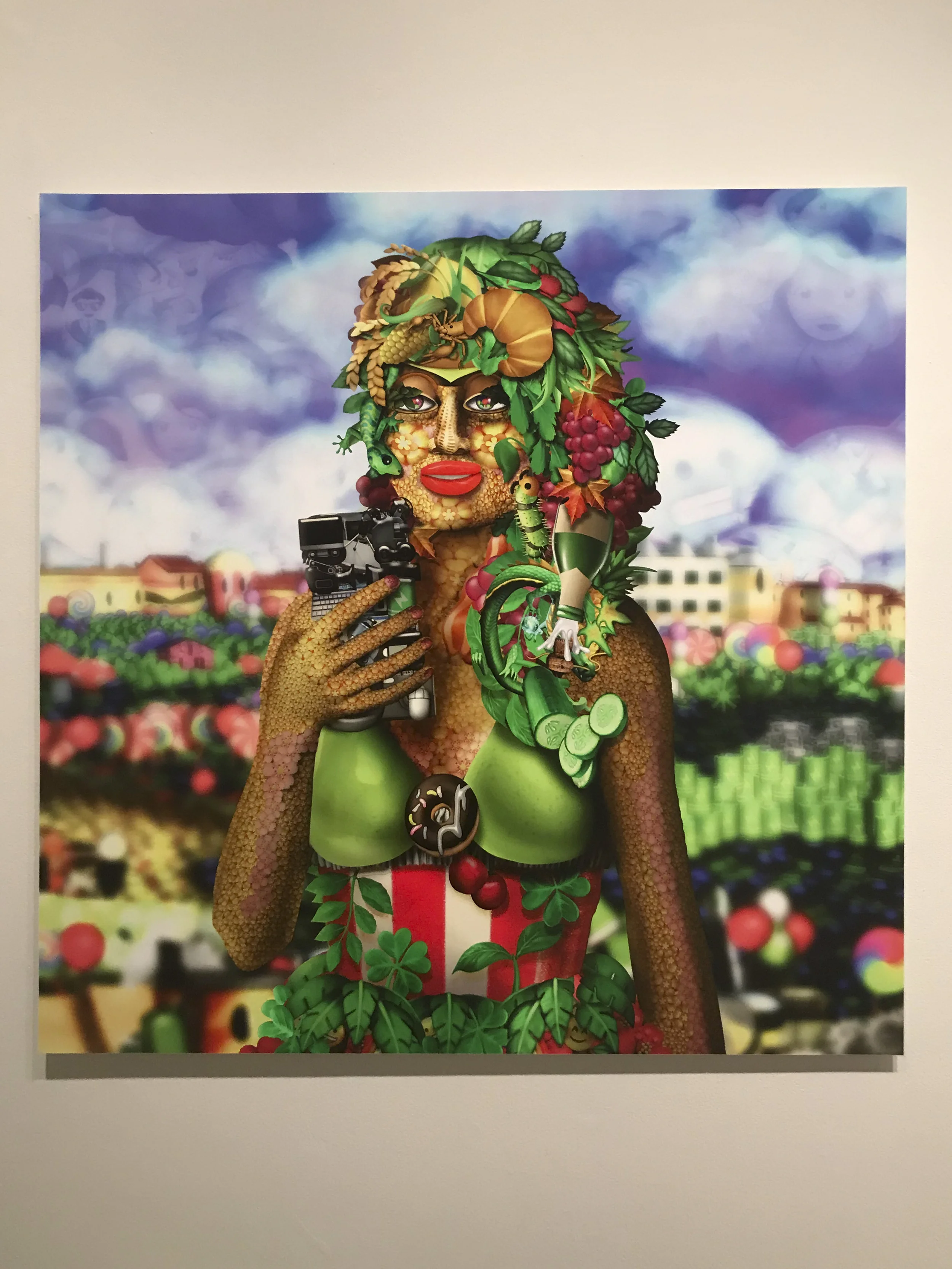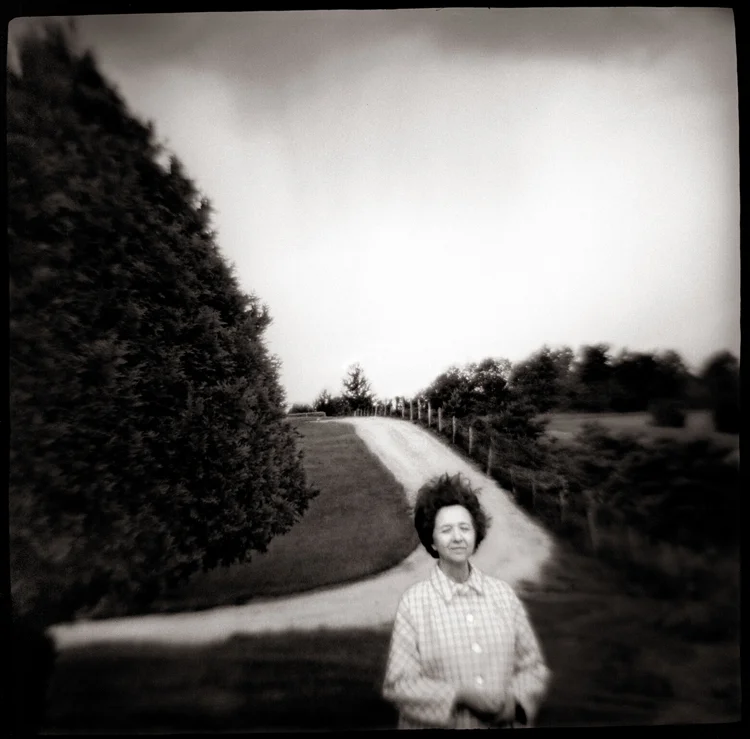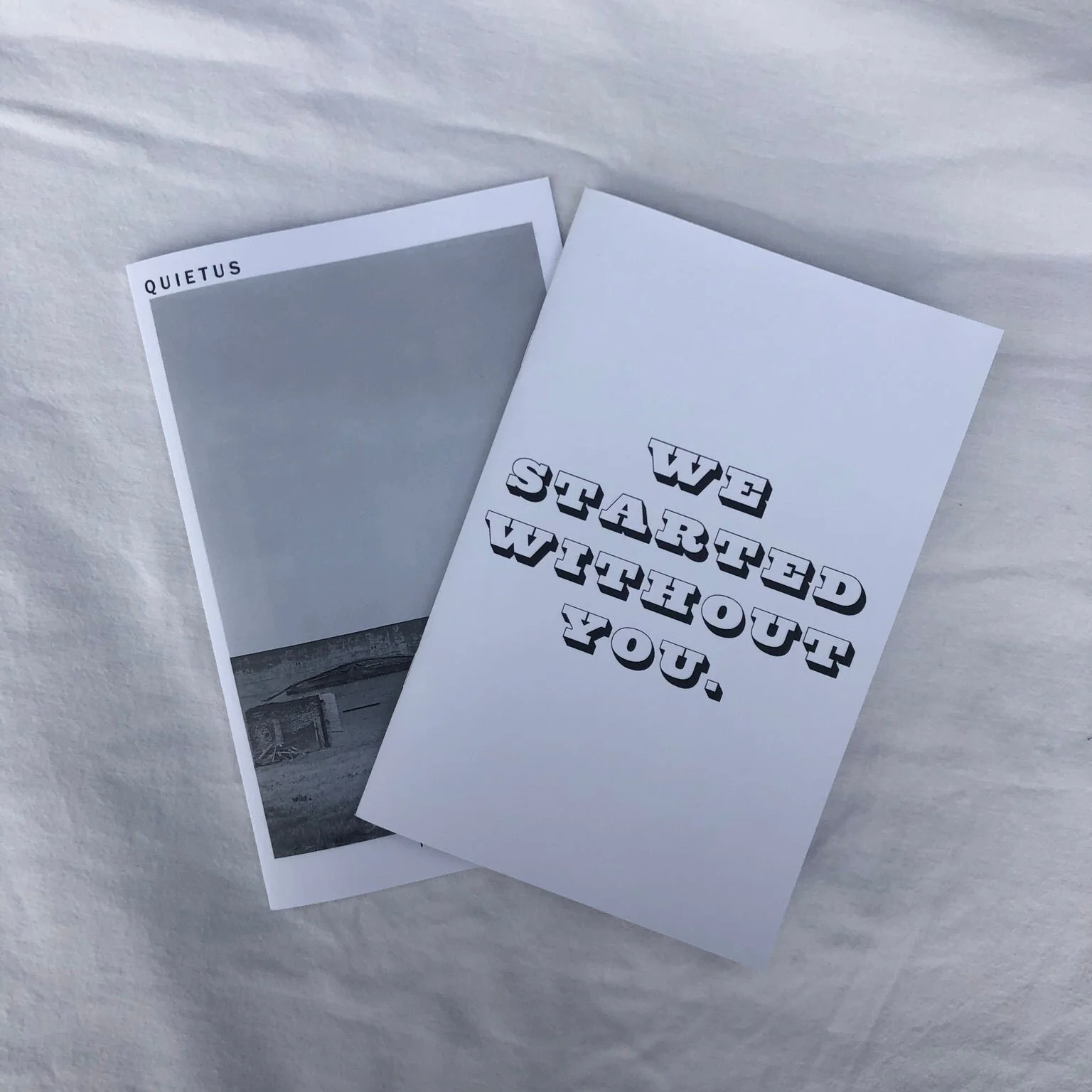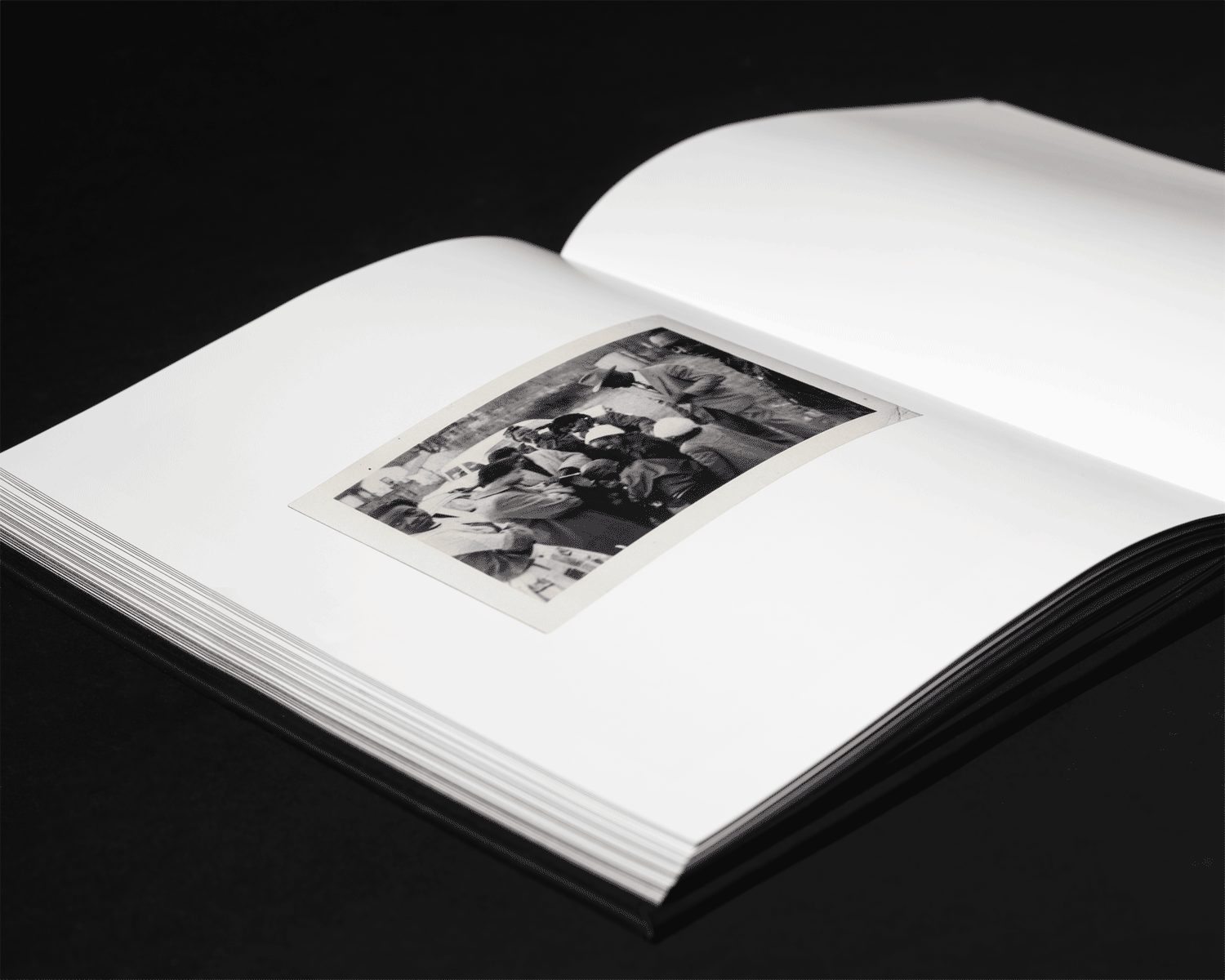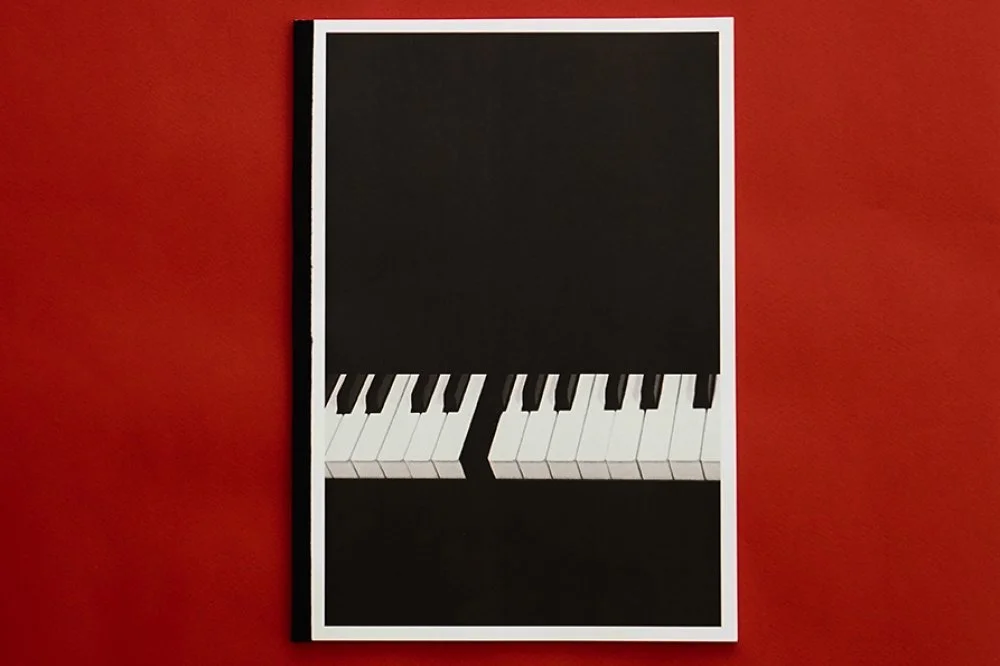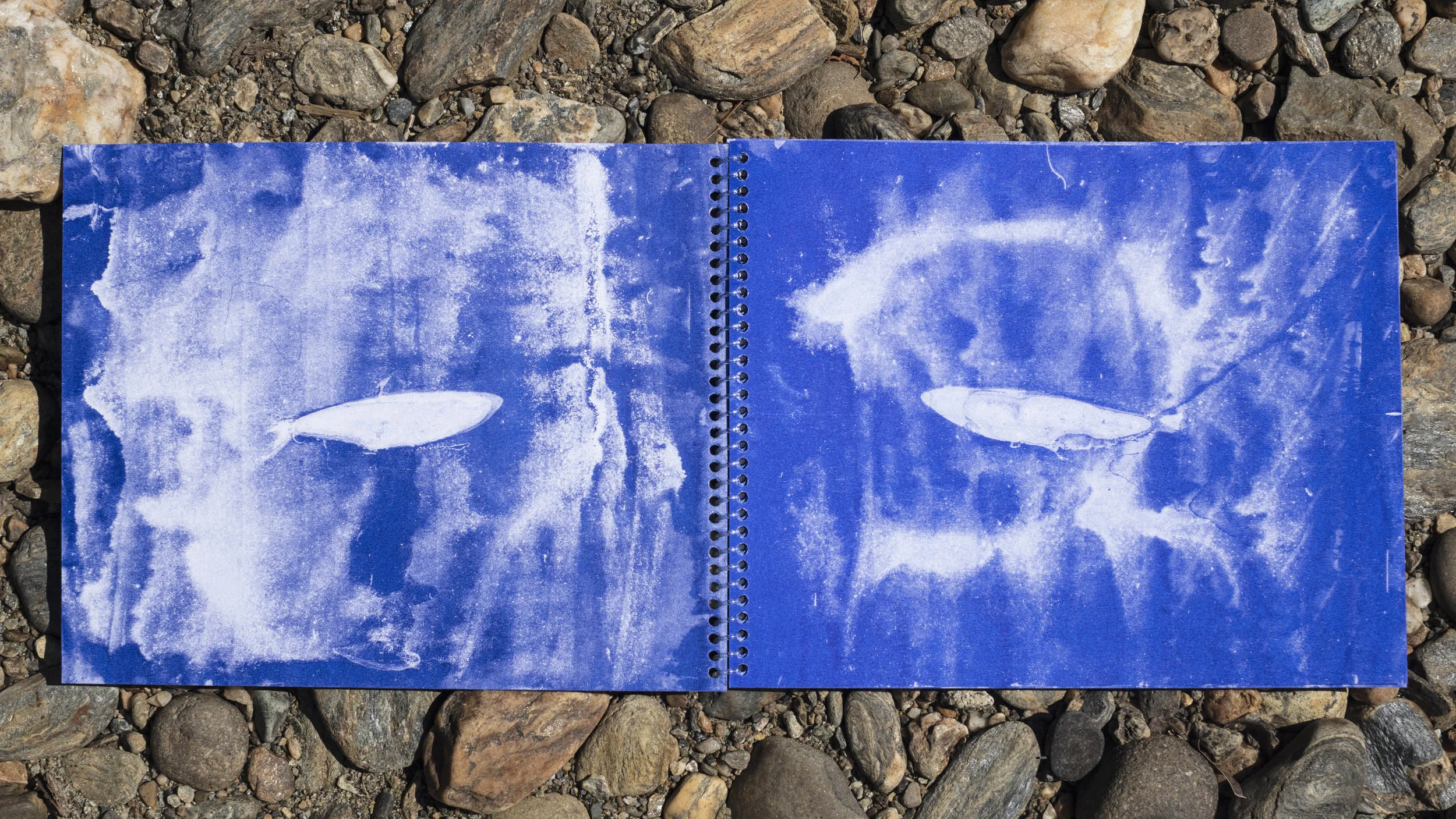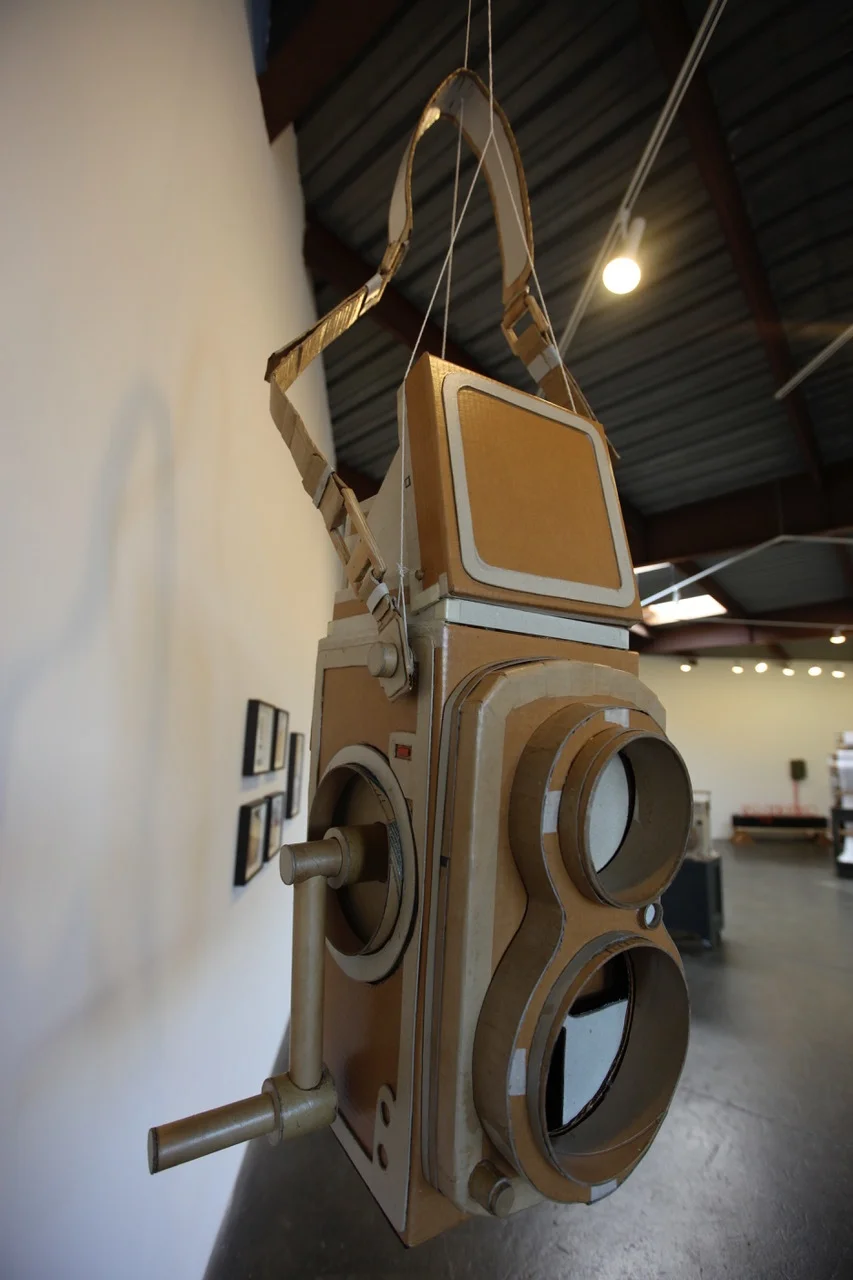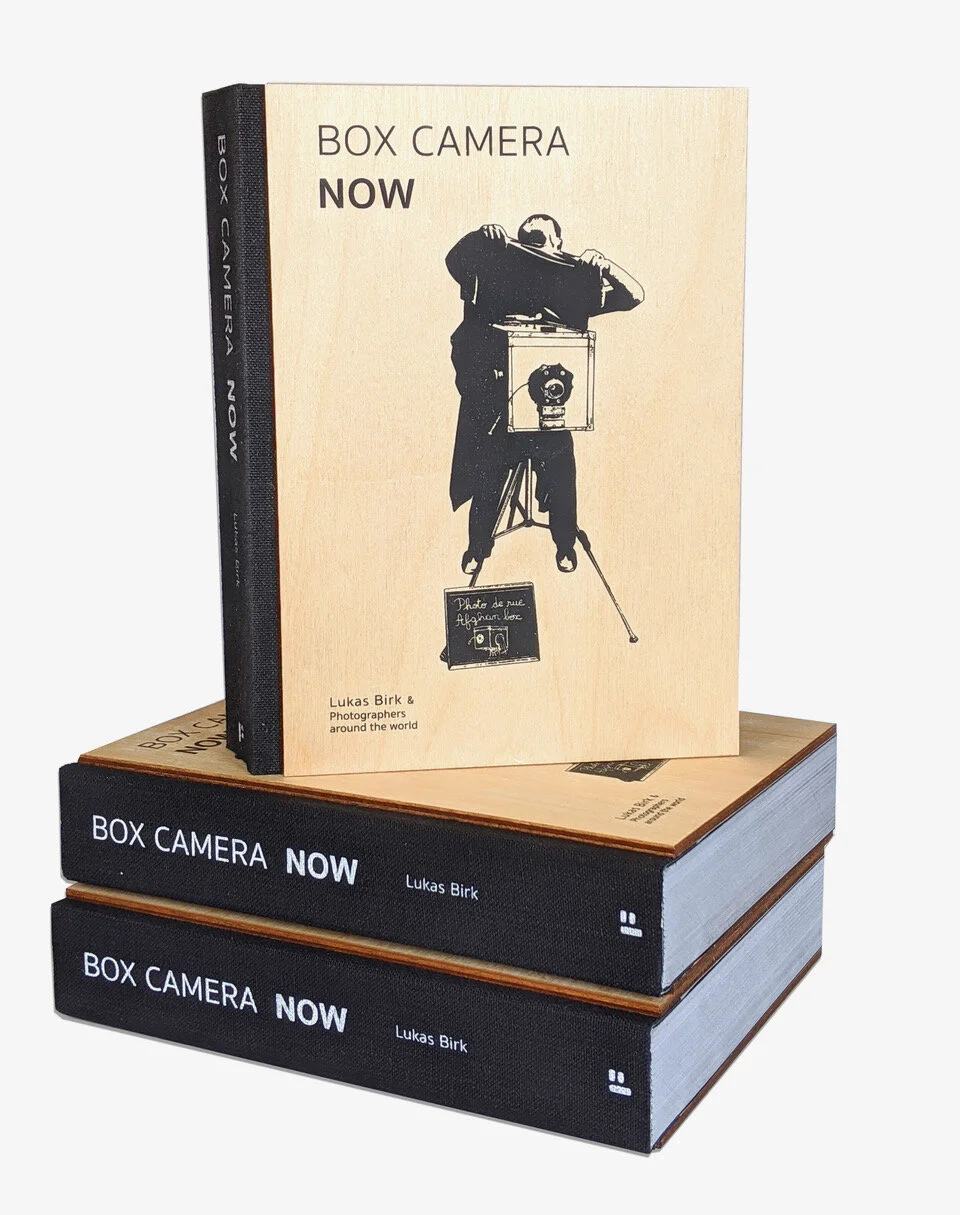“I never want to see another picture of ________.” Industry veterans share their pet peeves on themes in contemporary photography. In this series they present their “rule” along with five photographs that break the rule in an effort to show that great work is the exception to the rule."
Rule Setter: Andrew Kensett, Acting Assistant Curator, Center for Creative Photography
Rule Breaker: Rowan Renee
I never want to see another “alt process” picture.
Okay, if I’m being honest, I actually find alternative historical processes and the objects they produce totally seductive. They have aura. They’re part of what David Sax calls the “Revenge of the Analog,” a renewed interest in tactile, permanent stuff in the face of ephemeral digital culture, a trend I am 100% in favor of. There’s no denying that alternative processes reignite some of the magic of photographic objects that the massive volume of digital imagery can cause us to forget (as sleek and useful as my iPhone is, it never makes me think of alchemy).
But too often, historical processes get used like elaborate Instagram filters, bathing otherwise forgettable images in a weak glow of historicity. “Alt process” might be the “artisanal” of the photo world. As far as I’m concerned, a bad tintype is like a boulder-shaped, under-leavened loaf of seed bread, and a bromoil print for its own sake is the faux moonstone pendant that looks like it was bezel-set with a lump hammer. You know, the one listed for seventy-five dollars on Etsy.
Alternative processes add more than patina when they are used to reinscribe old traditions of representation. A handful of contemporary photographers are appropriating the techniques of previous generations of image-makers to give expression to perspectives and to depict subjects that may have been underrepresented or marginalized in previous historical moments. By adopting the materials and the visual vocabulary of the past, by making artworks that look like historical photographs, but say something new and radical, artists working with historical processes have the power to update—and sometimes upend—old ways of seeing.
Brooklyn-based artist Rowan Renee does that with her series Z. Renee created a group of reclining nude portraits of a mix of trans, genderqueer and gender nonconforming, and cisgender subjects, producing them as unbacked ambrotypes: collodion negatives on glass plates. The images bear traces of the process in the form of streaked, bubbly, and peeling areas where the collodion emulsion has imperfectly coated the plate. There’s a well-known precedent for this aesthetic in the work of the enigmatic E. J. Bellocq, who was active in New Orleans during the early-twentieth century and whose battered glass plate negatives were bought and posthumously printed by Lee Friedlander. Bellocq photographed sex workers—all of them white women—in New Orleans’s Storyville district. His purpose and his relationship to these women remains the subject of debate. In some of the photographs, they are clothed and posed casually in domestic surroundings, and seem to have an easy intimacy with Bellocq. In others, most of them nudes, Bellocq’s sitters have had their faces scratched out of the negatives, which may have been done for a number of reasons, but which results in an unsettling picture. If the power dynamic in Bellocq’s pictures is murky, Rowan Renee has stated her role as photographer: “The series of nude portraits records intimate interactions developed over the course of a shoot: conversations that consider power dynamics, gender expression, what should be revealed or concealed, participatory consent.” Renee’s portraits are as intimate as the best of Bellocq’s, and the range of bodies and expressions of identity they represent is something new, and needed.
The first time I saw work from Z, I was lucky enough to see it in person. One of the plates was being accessioned into the collection of the Center for Creative Photography, where I work in the curatorial department. Coming out of its packing, it didn’t look like much, just a sketch of a negative image. My colleagues and I stood around it puzzled for a minute until a registrar brought over a sheet of dark paper, laid it on the table, and placed the plate on top of it. There was an audible intake of breath as the portrait became visible. For a moment we could imagine that we were looking at the newly-unearthed historical work of a photographer who had labored in obscurity to document queer identities. We weren’t, of course—we couldn’t have been, because history hasn’t passed enough of those stories down to us. History is full of gaps. I’m glad artists like Renee are working to fill them in.
—Andrew Kensett
Untitled, 2015
Untitled, 2015
Untitled, 2015
Negative from the series Z





































